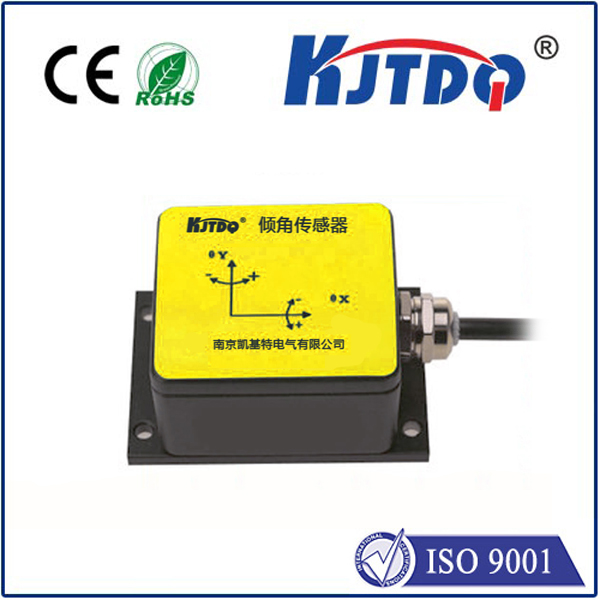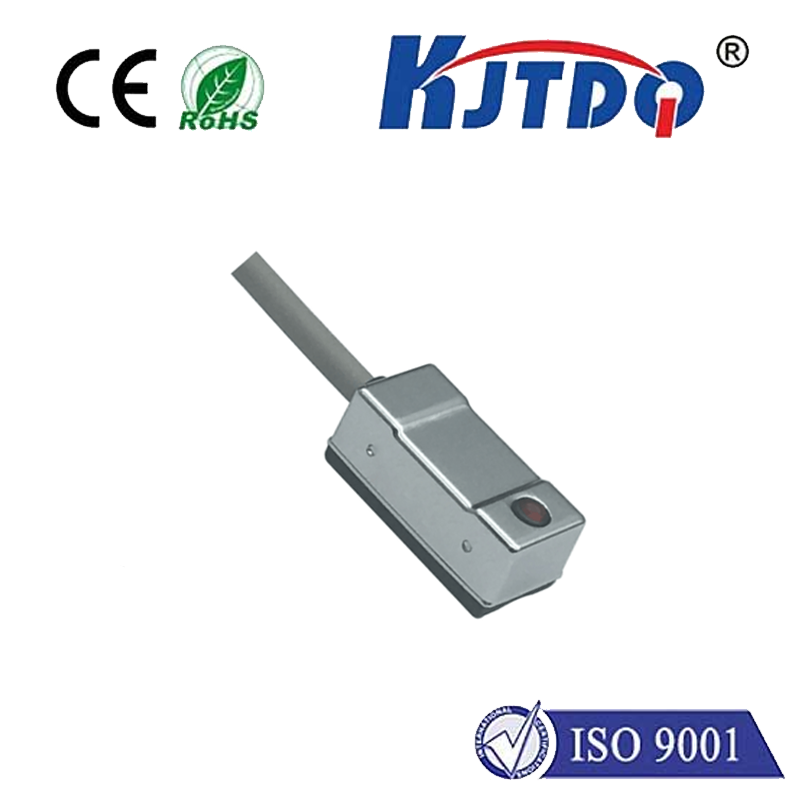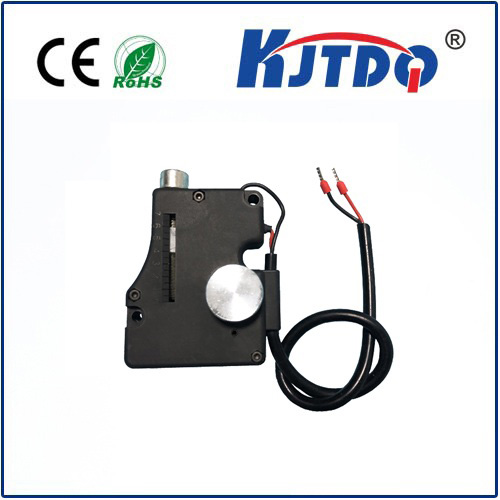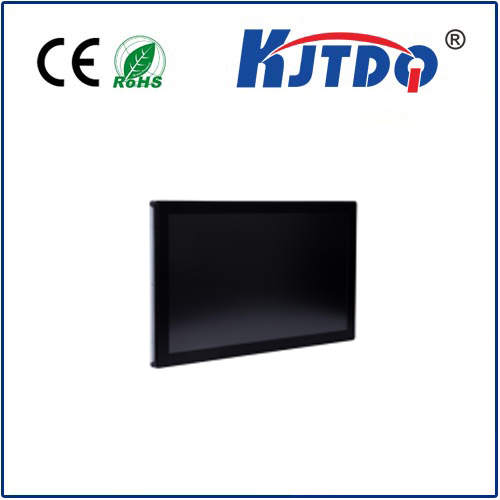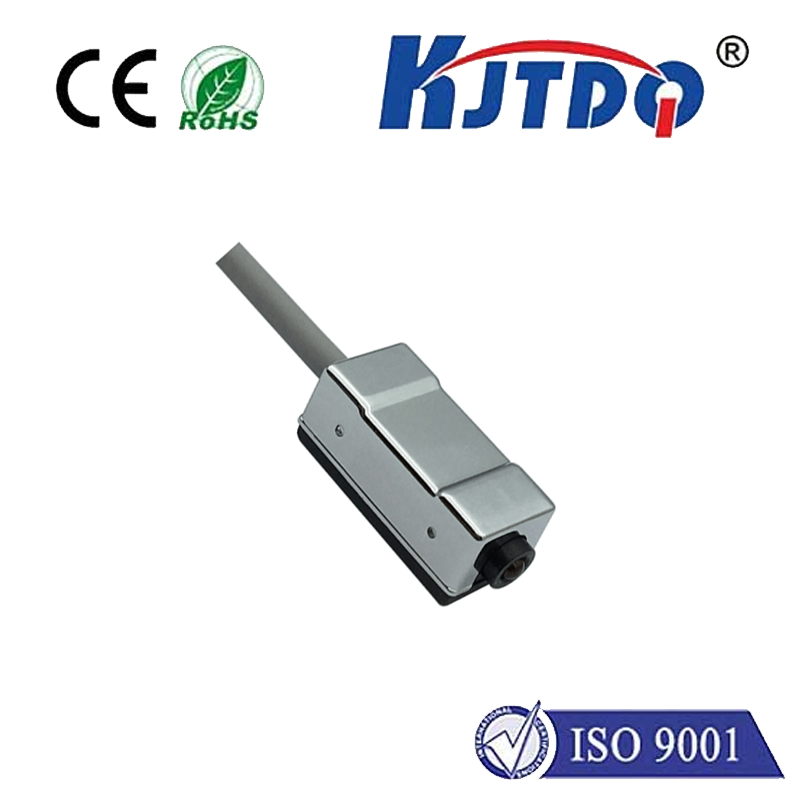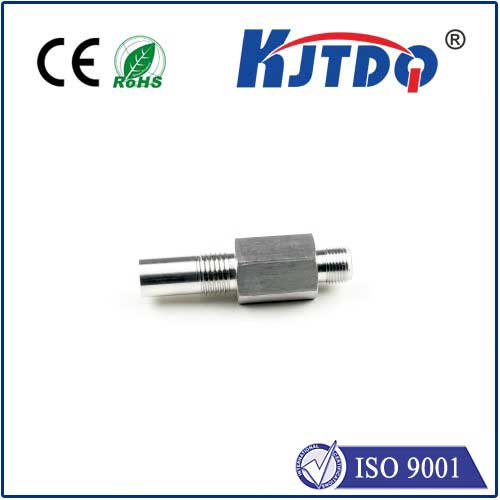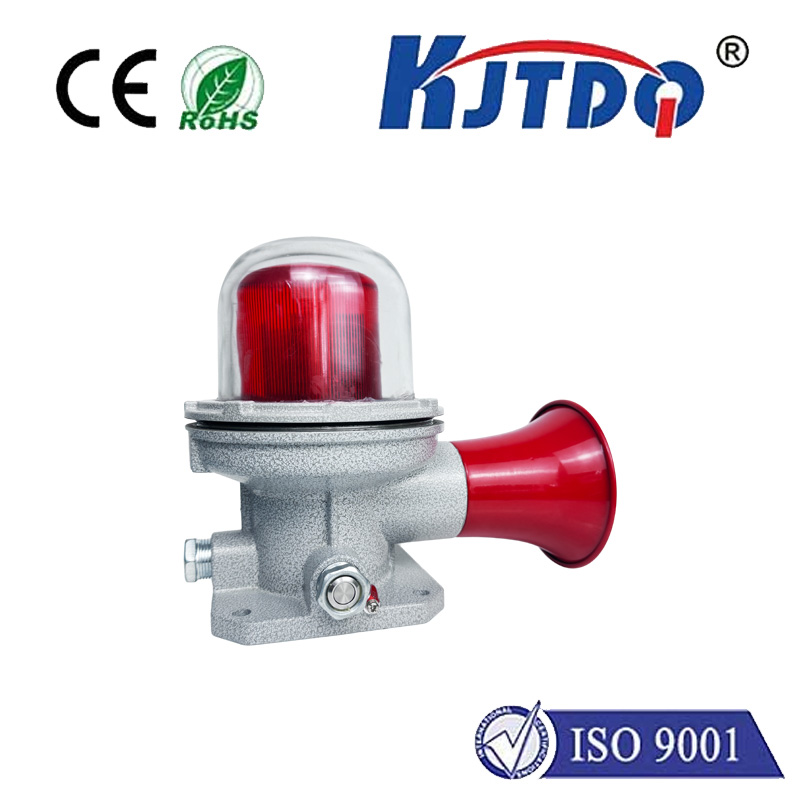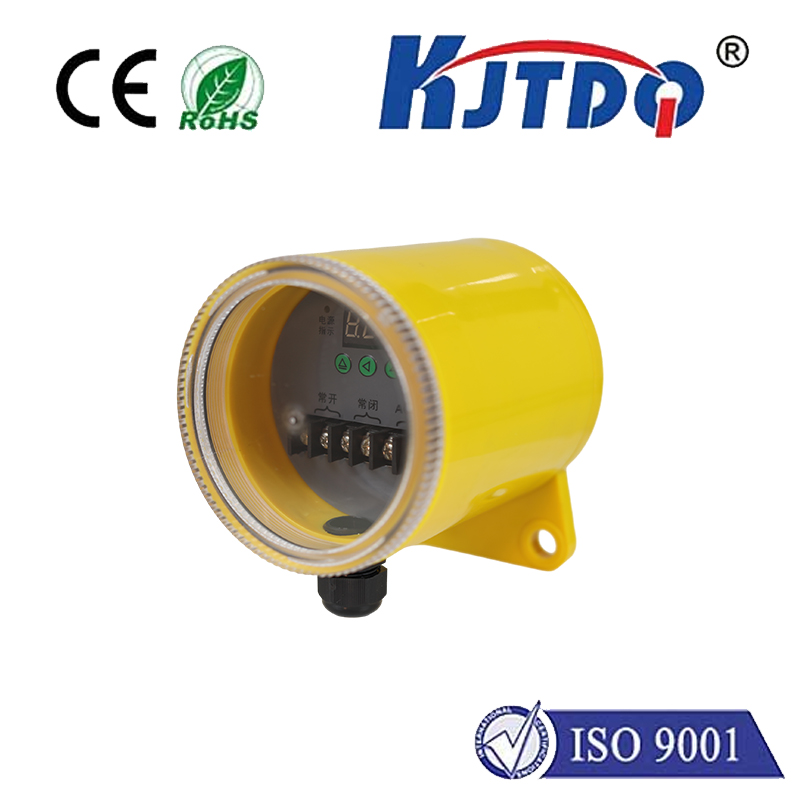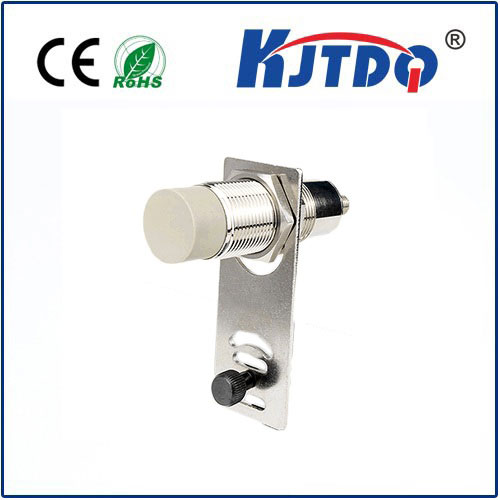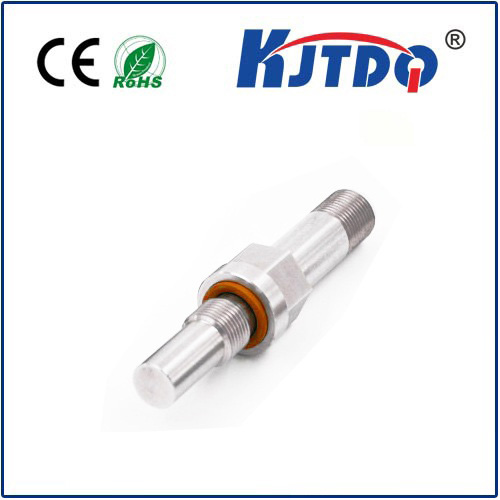
check

check

check

check
Title: The Importance of Travel Limit Switch in Automation Systems
In the realm of automation systems, the role of a travel limit switch cannot be overstated. This critical component is responsible for ensuring the safe and efficient operation of various machines and devices, particularly those that require precise positioning and movement. In this article, we will delve into the significance of travel limit switches and their function in maintaining the integrity of automated processes.
1. Definition and Purpose of a Travel Limit Switch
A travel limit switch, also known as a stop switch or position switch, is a mechanical device used in automated systems to detect when a machine has reached a specific destination or limit. Its primary purpose is to provide an instant signal to the control system, indicating when the machine should come to a complete stop or change direction. This allows operators to easily monitor the progress of the system and make necessary adjustments as needed.
2. Types of Travel Limit Switches
There are several types of travel limit switches available on the market, each designed for specific applications:
a) Manual Travel Limit Switches: These are the most basic type of limit switches and rely on manual activation by an operator to set the machine in motion or halt it.
b) Electronic Travel Limit Switches (ETWS): These switches use electronic signals to communicate with the control system, providing faster and more accurate feedback on machine position and motion.
c) Microswitch-Based Travel Limit Switches: These switches are designed for high-speed applications and feature a compact design that makes them suitable for use in harsh environments.
3. Advantages of Using Travel Limit Switches
The use of travel limit switches offers numerous benefits to automation systems, including:
a) Enhanced Safety: By detecting when machines have reached their destination or limits, travel limit switches help prevent accidents caused by overspeed or incorrect positioning.
b) Increased Efficiency: With real-time feedback on machine position and motion, operators can quickly adjust processes for optimal performance and energy savings.
c) Ease of Maintenance: Travel limit switches are relatively simple components that require minimal maintenance, making them cost-effective for long-term use.
4. Common Applications of Travel Limit Switches
Travel limit switches are widely used in various industries, including manufacturing, automotive, food processing, and packaging. Some popular applications include:
a) CNC Machines: These machines utilize travel limit switches to control the position and movement of spindles during machining operations.
b) Industrial Robots: Travel limit switches are crucial for guiding robots in their tasks and ensuring proper positioning within a production line.
c) Conveyor Systems: ETWS are commonly used in conveyor systems to monitor the position and speed of goods as they move through the system.
In conclusion, the importance of travel limit switches in automation systems cannot be overstated. These critical components play a vital role in ensuring the safe and efficient operation of various machines and devices, ultimately contributing to improved productivity and profitability.
